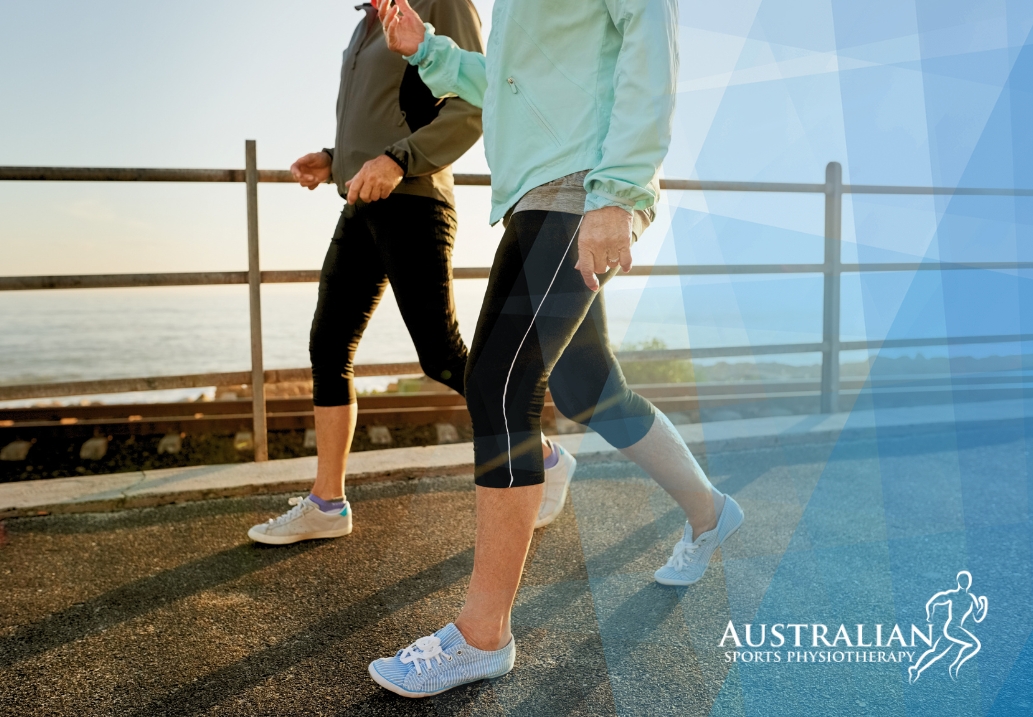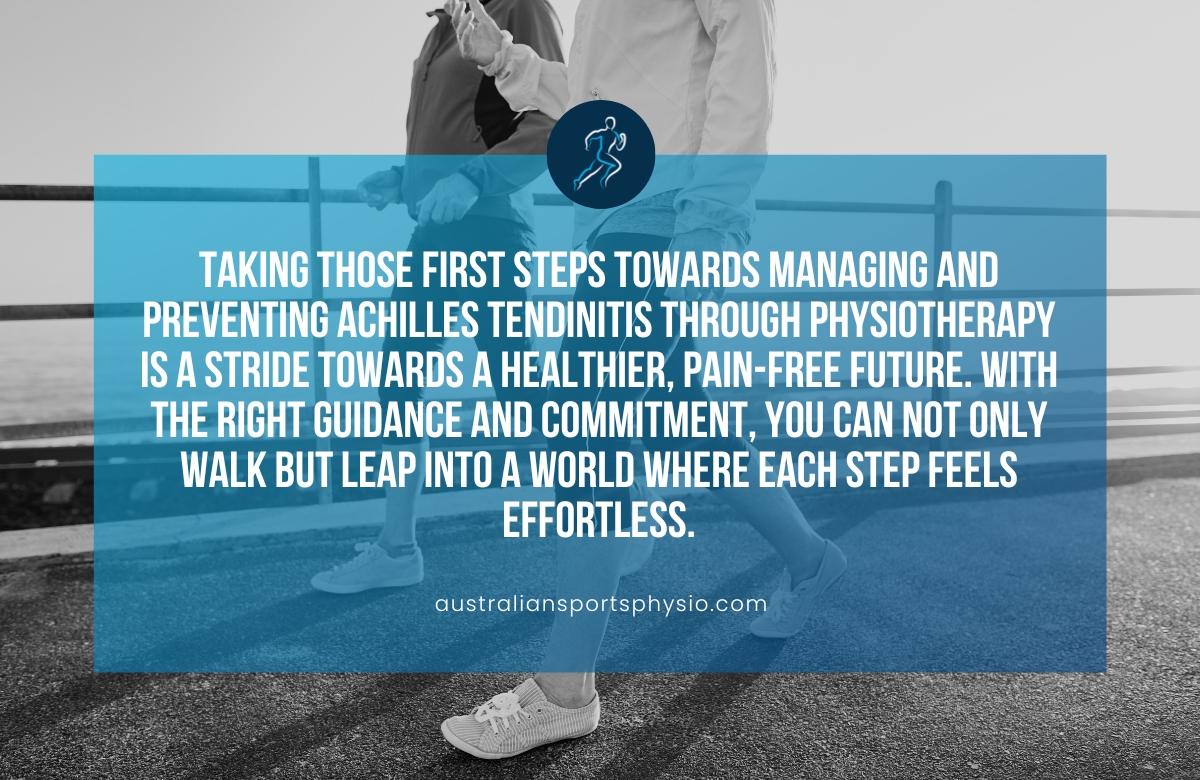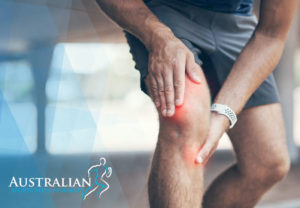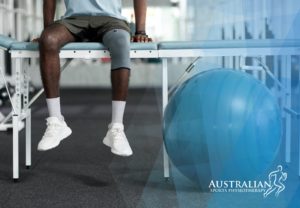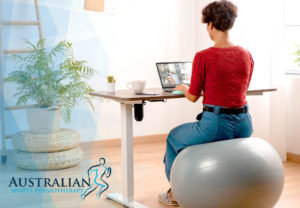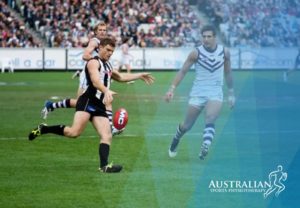Have you ever experienced that nagging pain at the back of your ankle during a walk or after a brisk run? Could it be preventing you from enjoying your daily activities and maintaining an active lifestyle? You might be dealing with Achilles tendinitis, a common yet troublesome condition among walkers and athletes alike.
The Achilles tendon, one of the largest tendons in the human body, connects the calf muscles to the heel bone and plays a crucial role in movements like walking, running, and jumping. With increased physical activity or improper walking techniques, this tendon can become inflamed, leading to Achilles tendinitis. This condition not only causes discomfort but can also significantly impact mobility if left unmanaged.
Understanding and managing Achilles tendinitis through physiotherapy is essential to not only relieve pain and restore mobility but also to prevent future occurrences. By incorporating specific exercises, stretching routines, and lifestyle adjustments, physiotherapy can effectively address the root causes of tendon stress.
What is Achilles tendinitis?
Achilles tendinitis, or tendinopathy, is an inflammation of the Achilles tendon, which is the strong band of tissue that connects your calf muscles to your heel bone.
This tendon is crucial for activities like walking, running, and jumping.
Common causes of Achilles tendinitis
- It often results from repetitive or intense strain on the Achilles tendon.
- Sudden increases in exercise intensity or duration.
- Tight calf muscles.
- Wearing inadequate footwear.
- Participating in sports that involve a lot of running or jumping.
- Age: As we age, tendons can weaken.
Common symptoms of Achilles tendinitis
- Pain in the back of the heel and along the tendon.
- Stiffness, especially in the morning.
- Swelling in the affected area.
- Tenderness to the touch.
Benefits of physiotherapy for Achilles tendinopathy
Achilles tendinitis can significantly impact walking, making physiotherapy a crucial component of both management and prevention.
1. Reduce pain and inflammation
- Ice therapy.
- Soft tissue mobilisation.
- Unload strain on tendon
2. Restore flexibility and range of motion
- Exercises and mobility techniques to reduce tension in the calf muscles
- Joint mobilisation techniques.
3. Strengthen the calf muscles
- Eccentric exercises (lengthening the muscle while it contracts) are particularly effective.
- Progressive strengthening programs to gradually increase load tolerance.
4. Improve gait mechanics
- Gait analysis and correction to address any abnormal walking patterns.
- Strengthening other muscles of the lower limb that could be compromising the level of strain at the calf muscle.
- Orthotic recommendations (e.g., heel lifts) to reduce stress on the tendon.
5. Promote healing
- Guidance on activity modification and rest.
- Education on proper footwear and biomechanics.
Key physiotherapy techniques for Achilles tendinopathy
1. Eccentric exercises
These exercises, where you slowly lower your heel, are vital for Achilles tendon healing. They help remodel the tendon and increase its strength.
2. Stretching
Regular calf stretches, both with a straight and bent knee, are essential for maintaining flexibility and can be completed once the achilles tendon has settled.
3. Manual therapy
Techniques like massage and joint mobilisation can help release tension and improve movement.
4. Gait analysis
This helps to find any issues with the way a person walks that could be making the condition worse.
5. Orthotics
Heel lifts can decrease the strain on the Achilles tendon.
Prevention strategies for Achilles tendinitis
Physiotherapy also plays a key role in preventing Achilles tendinitis.
1. Proper warm-up and stretching
Before any physical activity, it’s crucial to warm up muscles and perform calf stretches.
2. Gradual exercise progression
Avoid sudden increases in exercise intensity or duration.
3. Appropriate footwear
Wear supportive shoes that provide adequate cushioning and stability.
4. Strengthening exercises
Regularly strengthen calf muscles to improve their ability to absorb shock.
Strengthening of the lower limb muscles to improve biomechanics of movement
5. Maintaining flexibility
Continue stretching routines, even when pain-free.
6. Listen to your body
Pay attention to your body and stop activities if you experience pain.
7. Proper technique
Use proper movement techniques during activities to minimise stress on the tendon.
8. Maintaining a healthy weight
Excess weight puts extra strain on the Achilles tendon.
Important considerations for Achilles tendinopathy
- Ice: If you experience pain or inflammation, apply ice to the Achilles tendon for 15-20 minutes at a time, several times a day.
- Pain relief: Over-the-counter pain relievers, such as ibuprofen or acetaminophen, can help reduce pain and inflammation.
- It’s crucial to consult with a qualified physiotherapist for a personalised treatment and prevention plan.
- Self-treatment can sometimes worsen the condition, so professional guidance is recommended.
- Recovery time varies depending on the severity of the tendinitis.
- If left untreated, Achilles tendinitis can weaken the tendon and increase the risk of a tendon rupture, which is a much more serious injury.

Final thoughts
Taking those first steps towards managing and preventing Achilles tendinitis through physiotherapy is a stride towards a healthier, pain-free future. With the right guidance and commitment, you can not only walk but leap into a world where each step feels effortless.
Remember, prevention is just as crucial as healing, so lace up those sneakers and embrace a journey where every step counts!

